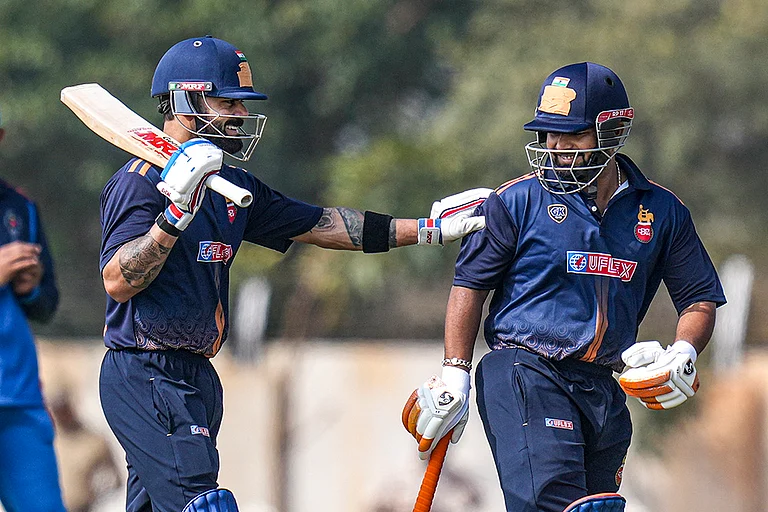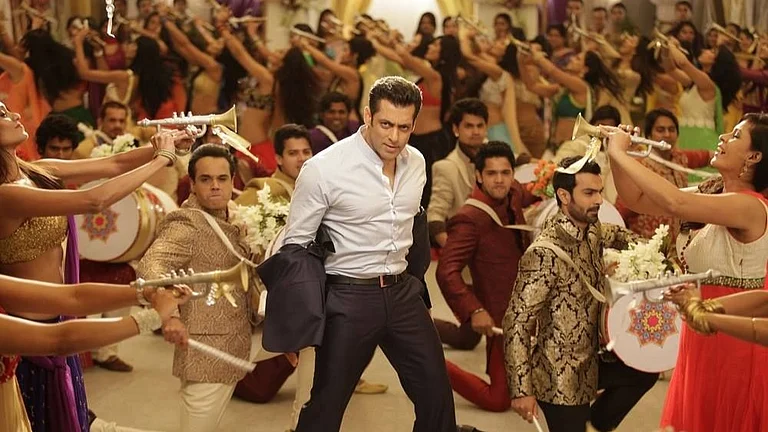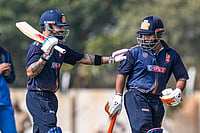Book: West Asia at War
Author: Talmiz Ahmad
Ambassador Talmiz Ahmadin his recently published book, West Asia at War provides a brilliant analysis of the complex internal, regional and international politics of West Asia (or the Middle East). Covering the developments of the past two centuries to the most recent ones, the book offers a fresh narrative on the subject. The long history of this region has been that of repression, resistance and great power play. In his lucid and original account, all three aspects have been explained in great detail. Interestingly, the author has structured his approach to the West Asian narrative within the framework of resistance, thus reflecting this paradigm of resistance in 12 chapters of the book. The author draws special attention to the resistance of the Palestinian people. In his words, “ they still raise their hands to throw rocks at their occupiers and take bullets on their chests in the hundreds, looking for that day when Jews and Arabs will live side by side…. in peace”. Most of the research on the Middle East is dominated by Western discourse. However, Ambassador Ahmad offers a much-required Indian perspective on West Asian affairs.
In this 500-page work, Ambassador Talmiz Ahmad presents issues covering most of the important countries of West Asia and North Africa (WANA), its history, geography, religion, geopolitics, and most importantly people-the Arabs, Persians, Jews and Turks who have shaped the affairs of this region through interactions for several centuries in terms of commerce, philosophy, faith, the art and literature and numerous wars. Other important aspects covered are the role of the extremal players mainly the West and their military interventions earlier by the Greeks and Romans and later by the British and French and more recently by the United States over the last fifty years.

The author very succinctly brings out the negative impact of colonial/imperial control over West Asian countries for a very long period as he states, “West Asian societies found their creativity and initiatives crushed by their imperial masters, The latter controlled the political and economic order by making the ruler their puppet, and sought to reorganize the cultural order on Western lines”. He justifiably dedicates enough attention and space in the book to critical issues impacting the region -- Iran-Saudi rivalry, the Arab-Israel conflict, the nature of fragile state order and evolving socio-economic and political West Asian malaise and the major faultlines in the US policy in the WANA region. For a reader what makes the book more relevant is the inclusion of Afghanistan, the author’s own views on Quad 2 and the larger implications of these two on regional geopolitics. In recent times, West Asian countries have been involved in shaping the politico-economic future of Afghanistan.
Besides, the book takes a deep insight into India’s relations beginning from 1950 until 2021 with this strategically important region. From an Indian viewpoint, the last two chapters covering all dimensions of India-West Asia relations, the West Asian malaise and finally the outlook for the region is extremely relevant part for the policymakers, experts and those who are interested in understanding the regional affairs. Though the author may not have been able to provide answers to all the critical questions or solutions to every challenge the region is exposed to both new and old, the study does reflect his practical experience, in-depth knowledge and deep understanding of regional affairs. The ease with which the author covers subjects like Arab Nationalism, The Islamic Revolution in Iran and political Islam in West Asia speaks volumes about his in-depth understanding of these issues. This book offers a comprehensive analysis of the most complex West Asian issues, highly recommended for students, academics, officials and even non-experts.

More importantly, the book presents an Indian perspective on West Asia and a very different yet new narrative on India’s policy approach with a detailed account of how “India supported by like-minded countries with an abiding interest in the regional peace, become the peacemakers to lead the process” through the regional cooperative security arrangement. It is argued that “now that the US is no longer viewed as a credible security-provider, the opportunity has emerged for the littoral nations to commence some interactions among themselves towards shaping a regional security arrangement”. According to Ambassador Ahmad as “more uncertain and contentious regional and global scenarios are emerging” there is indeed required for a new ‘strategic culture’ that shapes a vision for regional peace and, to realise it, a strategic approach that is holistic in perception and long-term in its application” .While author argues for proposed regional cooperative security arrangements but concludes with a pessimistic note that “ the prospects of successful change across West Asia and North Africa remains very remote”, leaving the reader to speculate if ever the region will see peace, development and good order. In this excellent research covering almost every dimension of the region, one wonders why China, a major actor does not get the required focus by the author. China remains a major player in the region and its future involvement in the region is likely to have far-reaching implications for the region and beyond. Similarly, some additional focus on the new energy game would have enriched the existing excellent work by Ambassador Ahmad. The book is a major contribution to the existing literature on the subject.
(Review by Meena Singh Roy, Senior Fellow and Head West and Central Asia, Tillotoma Foundation and former Head West Asia and Eurasia, IDSA.)





















